Berea Pollinator Gardens offer beauty, butterflies and community
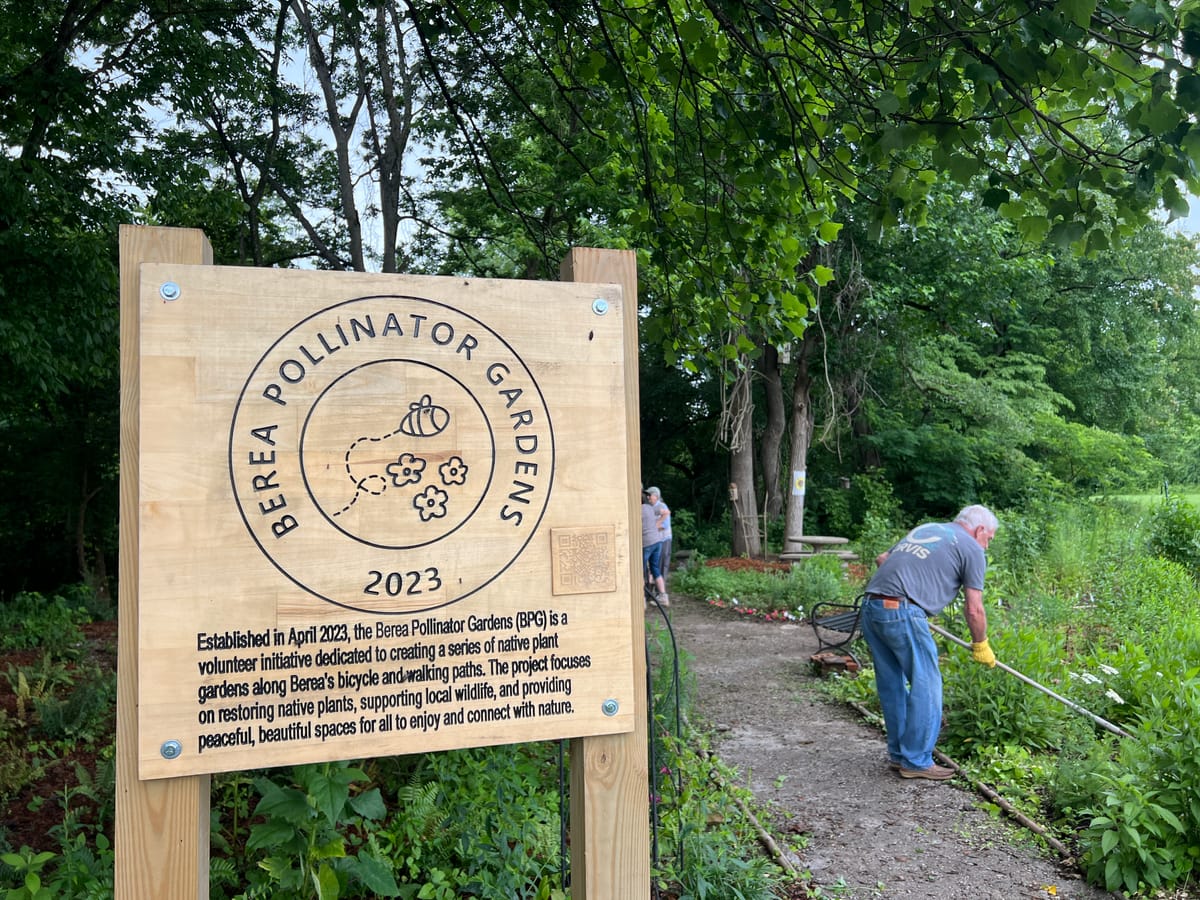
BEREA — Judith Weckman was concerned.
“We’ve lost habitat for our native plants and that negatively affects our pollinators,” Weckman told The Edge.
So, in early 2023, freshly retired from her role directing institutional research and assessment at Berea College, Weckman went to Mayor Bruce Fraley and asked if she could do something about the pollinator problem using City property. She told him she wanted to create native plant pollinator gardens along the Stephenson Trail.
Fraley went for it, eventually blessing the creation of three plots. The first is just south of the Berea Utilities building, another is near the bridge just to the right of the entrance to the Stephenson Trail near the soccer fields, and a smaller plot is near the bridge along the banks of the confluence of Brushy Fork and Silver Creek.
“It’s really encouraging to see people that want to volunteer and take independent action,” he told The Edge. “It’s building community.”
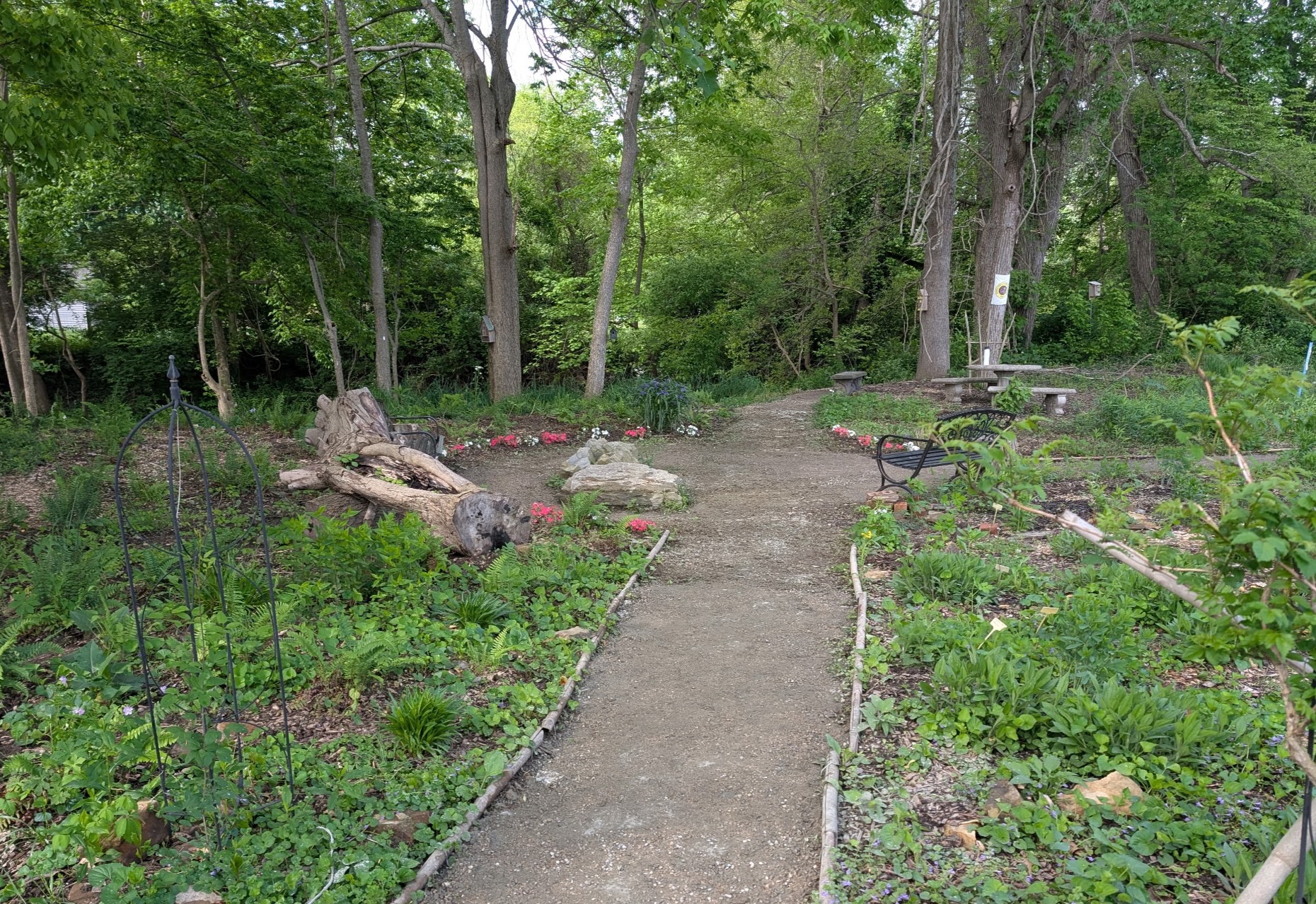
Community support
Volunteers cleared out the invasive plants at each of sites before gardens could be planted. The woodland garden, near the Utilities building, was the first garden to be created in April 2023.
“I have a core of about 10 volunteers, but many others have come and gone over the years,” Weckman said. “We meet on Tuesday mornings from 9 to noon.”

Weckman said she transplanted many of the native plants in the gardens now from the Berea College forest. She also put out a call on Facebook for community members to donate native plants from their gardens and was happy to receive a bounty of them.
Now, the three plots have been transformed into a trio of gardens, including one of woodland shade plants, another of prairie plants which thrive in full-sun, and a third that is still being cultivated near the bridge over the confluence of the creeks. Together, they comprise the Berea Pollinator Gardens, providing access to peaceful spaces where people can gather in nature.
Most of all, the gardens help support bees, butterflies, and other insects that need the native plants they’ve evolved with to sustain them, according to Weckman.
“We’ve got about 400 people following our page on Facebook now, so there’s some interest from the community,” Weckman said.
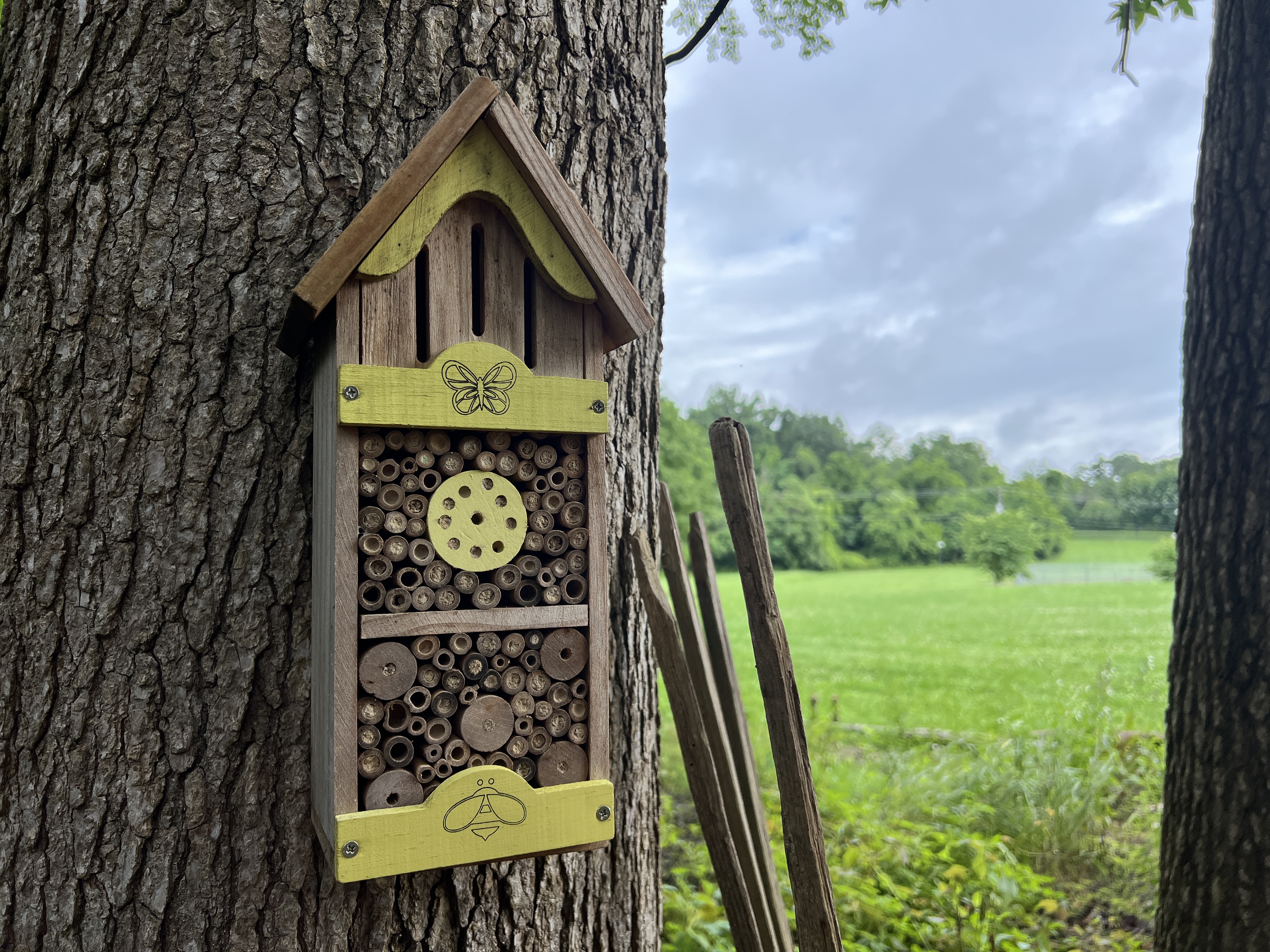
Weeding out the invaders
Invasive species in Berea, many of which, like honeysuckle, are originally from Asia, arrived here over the decades as people brought clippings, or as they were inadvertently mixed in with various imports to the US. Climbing bittersweet and winter creeper, are also common invasive plants in Berea, according to Weckman.
These invaders often grow faster than native plants, crowding them out from the sunlight, and choking off their access to nutrients in the soil, she said.
“This can be detrimental to our native ecosystems,” Weckman said. “If pollinators don’t have access to the rich nutrients provided by our native species, they may not have enough fuel to last them through the winter. If all they can find to eat are non-native plants, they may starve and die,” she said.
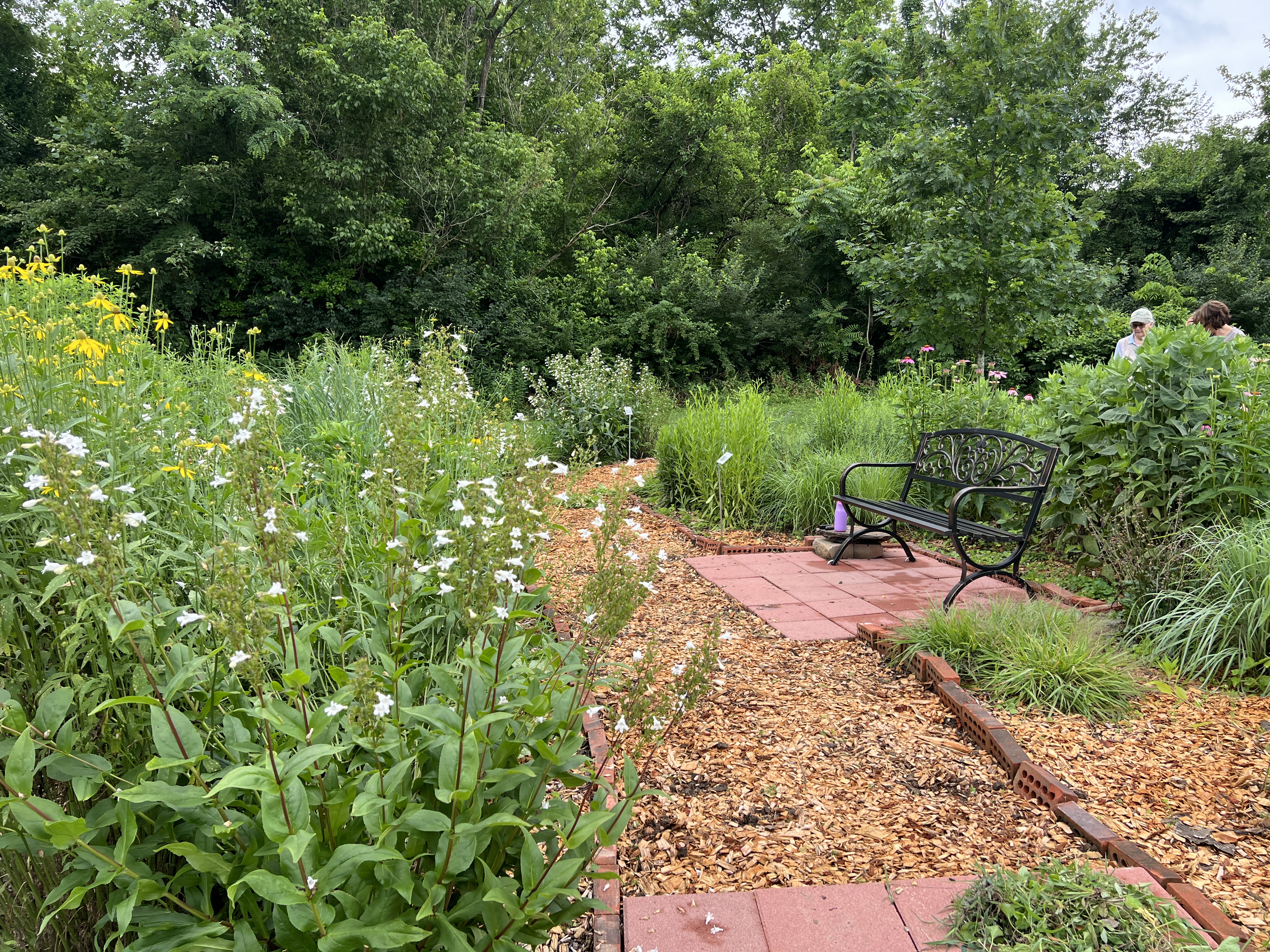
Volunteer expertise
Patty Pennington, a Kentucky native who lived a while in Texas, where she worked extensively with natives thee, told The Edge she had a desire to meet like-minded people who loved to be around plants.
“I hope by looking at these plants and thinking about which ones they might want to put in their yard, [visitors to the garden] will know, ‘Here’s what it looks like, and here’s how it does here,’ versus looking at a picture online or in a book,” said Pennington.

The Berea Pollinator Gardens will host a free concert in July. See the public service announcement at the end of this story.
Pennington, who designed the prairie garden, said the intent was for people sitting on the bench inside the garden, to be enveloped by the plants, even in a small space.
She said that with meadows and forests viewers often see a whole picture rather than the individual plants that make up that space, so in the prairie garden she wanted the focus to be on the individual plants.
“It’s important because then you have a connection to it. I can connect to these plants because I see them up close, I see bees like to use them, I see how they change over the seasons, and to me that’s what draws you in,” said Pennington.
Retired aerospace engineer and woodworker hobbyist, Bob Foote, made the signs and poured concrete for the picnic table at the woodland garden.
“It’s fun, helping the community, and being around people,” said Foote, “At our age, it’s important to stay active. It’s important to continue to work with people and find something productive to do. You spend your whole life working, you can’t just stop.”
“We want more people to know where it is, and to come down and enjoy the gardens,” Weckman said. To volunteer or to learn more, visit the Berea Pollinator Gardens Facebook page.
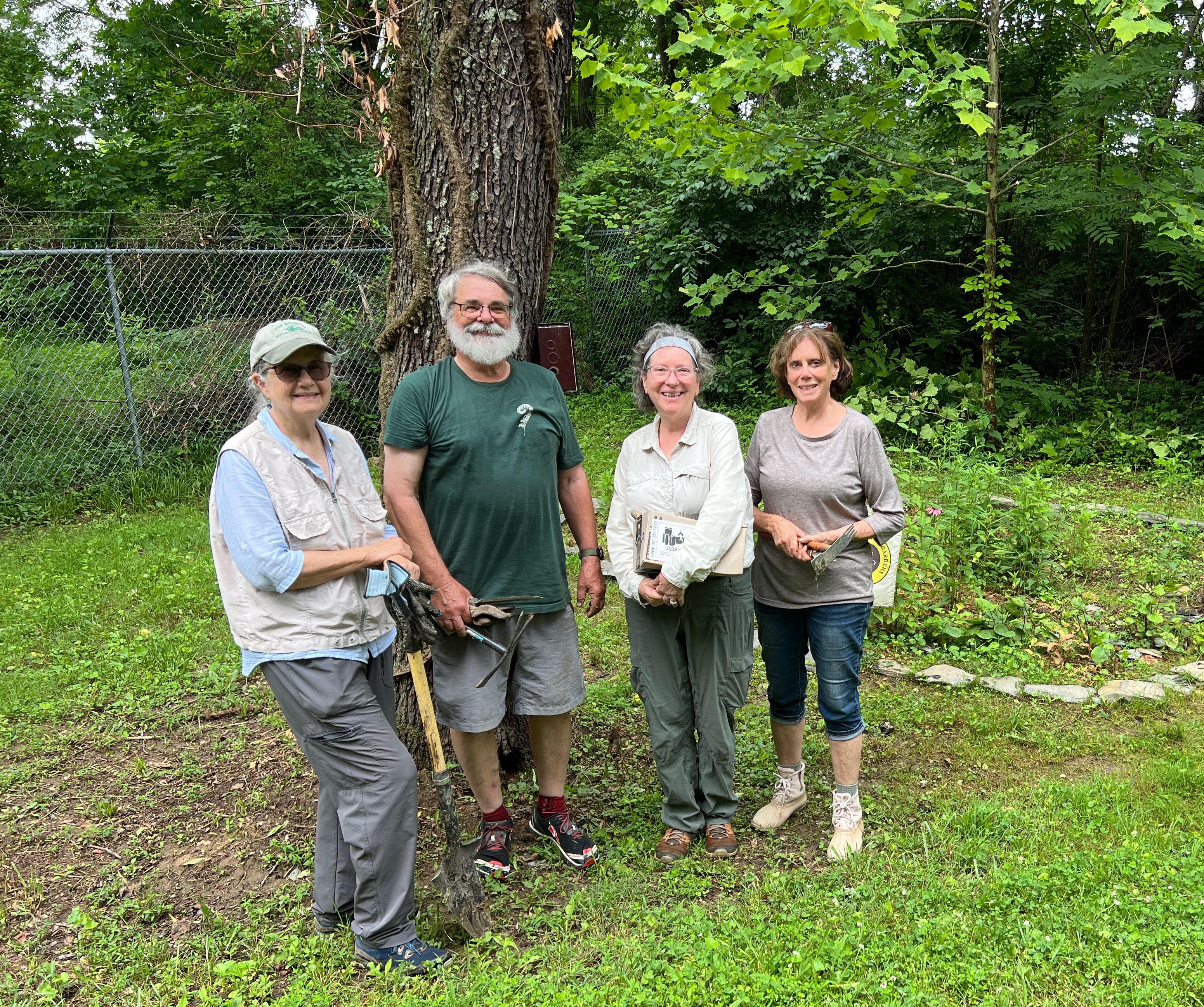
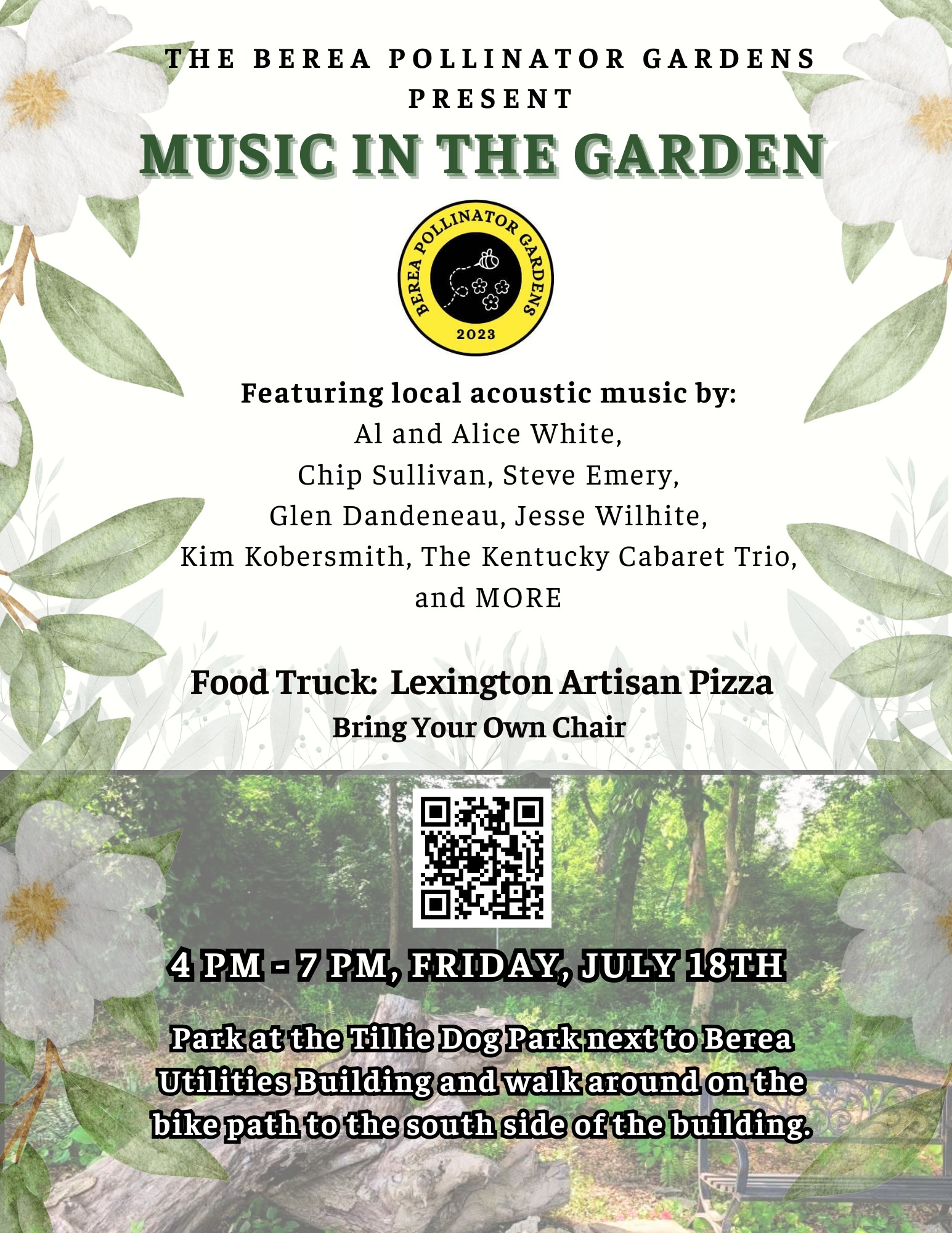
If it matters to Bereans, The Edge has got it covered. Become a paid subscriber now and never miss a story.
